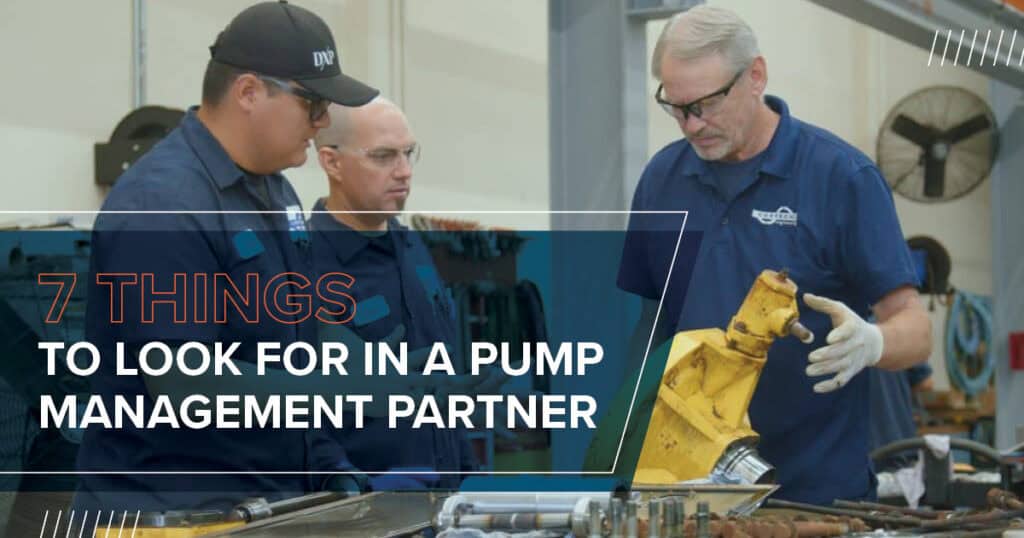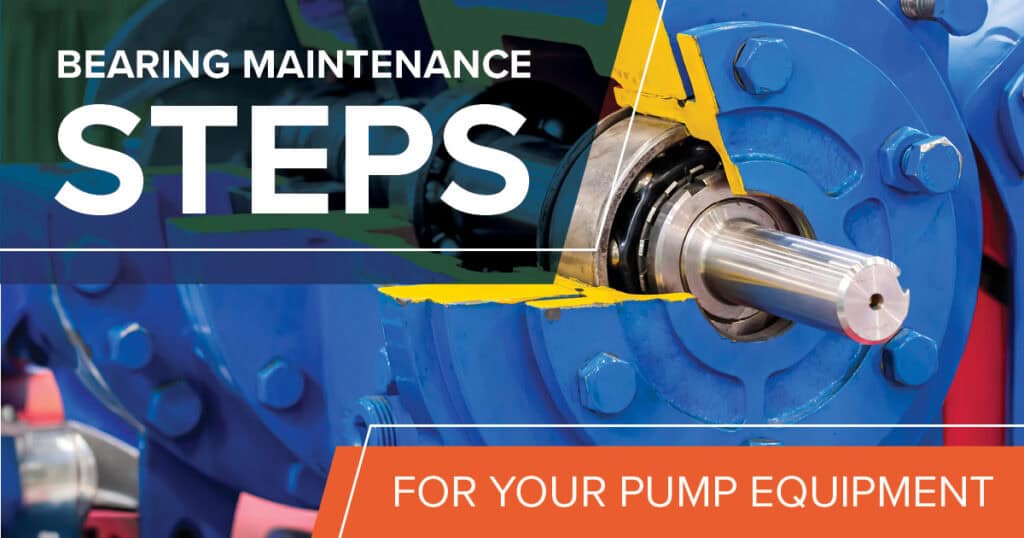7 Qualities to Look for in a Pump Management Partner

Many important steps go into managing a fully optimized pump system. You have equipment selection, custom configurations, installation, training, maintenance, repair, and aftermarket upgrade needs if you want your pump to perform its best for many years to come. This is why so many companies and municipalities look for a reliable pump management partner to […]
How Do Self-Aligning Ball Bearings Work?

Self-aligning ball bearings can play a pivotal role in the overall performance and durability of industrial pumps and other rotating equipment. Their unique design allows them to manage and adapt to misalignments. They are a valuable component in pump system environments where precision and reliability are critical. The Basics of Self-Aligning Ball Bearings Self-aligning ball […]
A Guide to Internal Gear Pumps

Internal gear pumps are commonly used in a variety of industries because of their efficiency and versatility. This guide will help you gain a better understanding of internal gear pumps. We will talk about how they work and their common applications, as well as their advantages and disadvantages. Is an internal gear pump the right […]
How to Troubleshoot Pump Motor Problems

Facilities and pump equipment are more prone to motor failures the older they become. Motors experience general wear and tear with years of use. Electrical issues or other external factors may lead to equipment damage. Even with an exceptional maintenance and inspection plan, pump motor problems will happen eventually. In some cases, pump motors can […]
Are Diaphragm Seals Right for Your Pump System?

When it comes to choosing the right components for a pump system, one of the crucial decisions involves selecting the appropriate sealing technology. Diaphragm seals are a popular choice for many applications, but are they the right fit for your specific needs? It is important to understand the key considerations, benefits, and potential drawbacks of […]
5 Maintenance Tips for Multistage Pumps

All pumps and rotating equipment require maintenance. Routine inspections, adjustments, lubrication, and part replacements are necessary if you want to keep your system running well and your equipment lasting longer. Multistage pumps are generally more complex than most standard single-stage pumps. This makes proper maintenance even more critical to ensure system optimization, reduced risk of […]
Bearing Maintenance Steps for Your Pump Equipment

Bearings play a critical role in the operation of any rotating equipment like pumps and mixers. In centrifugal pumps, they ensure smooth and consistent rotation of the impeller. A damaged or faulty bearing can lead to significant problems, including damage to the pump equipment itself. It is important to follow the right steps when it […]
The Keys to More Sustainable Pump Solutions

Sustainability is a word you hear often these days. Just about every business or municipality is exploring more sustainable solutions. The pump industry is no exception. We are seeing more and more DXP Pacific clients striving to achieve higher standards of sustainability when it comes to issues like environmental impact, renewable energy sources, longer equipment […]
7 Benefits of Pump System Automation

Many aspects of pump operation can be automated. Advanced control systems, variable frequency drives (VFDs), predictive maintenance technology, and other tools can be utilized to optimize your system. This can reduce operating costs, improve efficiency, achieve better overall pumping results, and extend the life cycles of your pump equipment. Let’s take a more comprehensive look […]
How to Avoid Pump Cavitation

Cavitation is one of the biggest concerns for centrifugal pump operators. It is a serious problem that can cause significant damage to the impeller and other critical components throughout the pump system. Cavitation is an issue to avoid at all costs. Preventative measures can be taken to minimize the risk of cavitation. Then careful monitoring […]
4 Ways to Extend Your Water Pump Life

Water pumps are commonly used in municipal water and wastewater treatment plants, various industries, and marine applications throughout the world. A variety of pumps are utilized to pump water because it is generally a neutral fluid. However, not all water is equal, and every pumping application brings unique challenges. Water may contain different salinity levels, […]
What Is Predictive Pump Monitoring?

Predictive pump monitoring is part of predictive maintenance planning. It is a technology-based approach to pump system monitoring and equipment management. It uses the latest technological resources to help operators monitor their equipment and vital components. Key performance data can be collected using advanced sensors. Then it can be cataloged and analyzed in real-time using […]
